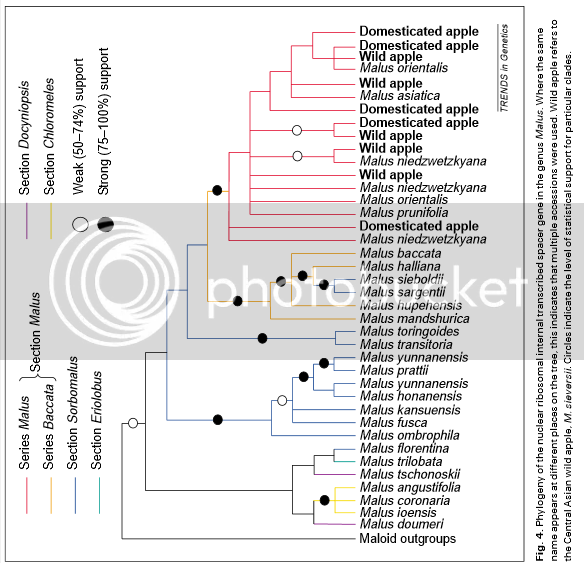In my case, a multi-trunk tree would be turned into mulch over a few years by juvenile bucks. The only multi-trunk trees I have are 50+ year old wild trees that survived when the deer density was much lower in my area. That being said, I do think you bring up some valid points for wildlife trees. The bush type trees, in addition to your listed advantages probably make for better cover for a variety of wildlife as well.
As for the incompatibility issue, my plan is to re-graft any that develop incompatibility. As a last resort, I would just let the rootstock grow back into a tree. There are worse things than tiny crabapples for wildlife trees. If I had known about it several years ago, I might have planted different seedling trees, but overall it makes very little difference in my overall plan. Most of my seedling trees are in out of the way places, such as food plots in the woods. If I can't turn them into known varieties, they will still feed a lot of critters. I have well over 100 grafted trees on M7/M111/B118/Ant. in my yard and throughout the property that are coming into bearing. They are starting to provide plenty of "known" apples for the deer. If I'm perfectly honest with myself, I am topworking my seedling trees over mainly for entertainment. It is absolutely fascinating. That being said, if I were to plant out my place again, I would buy a few nursery trees to get early fruit and plant the rest out with either B118 or M111 and Ant. and/or Dolgo rootstock, with something like 20/80 with the 80 being Ant/Dolgo. I would graft those over to DR scions obtained from GRIN or members here as well as some locally scavenged scions. As time goes on, I am becoming more and more a fan of standards, especially as many of us are finding that some of the crabs (which are generally more precocious) are bearing in the 3-6 year mark on Ant. Those will be trees your great great grandkids can marvel over. e.g. "What the heck is this Airport Apple? Never heard of it"

